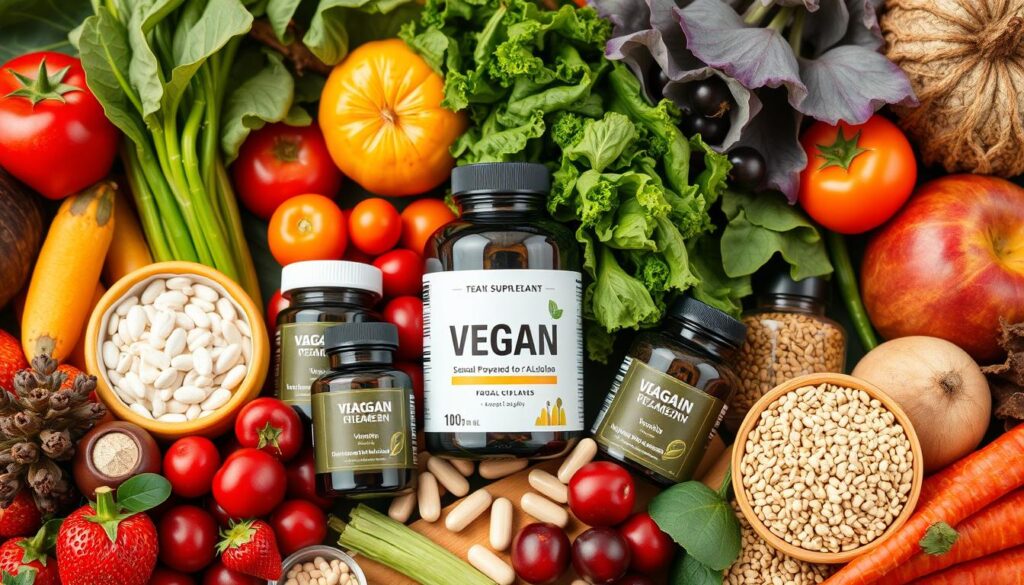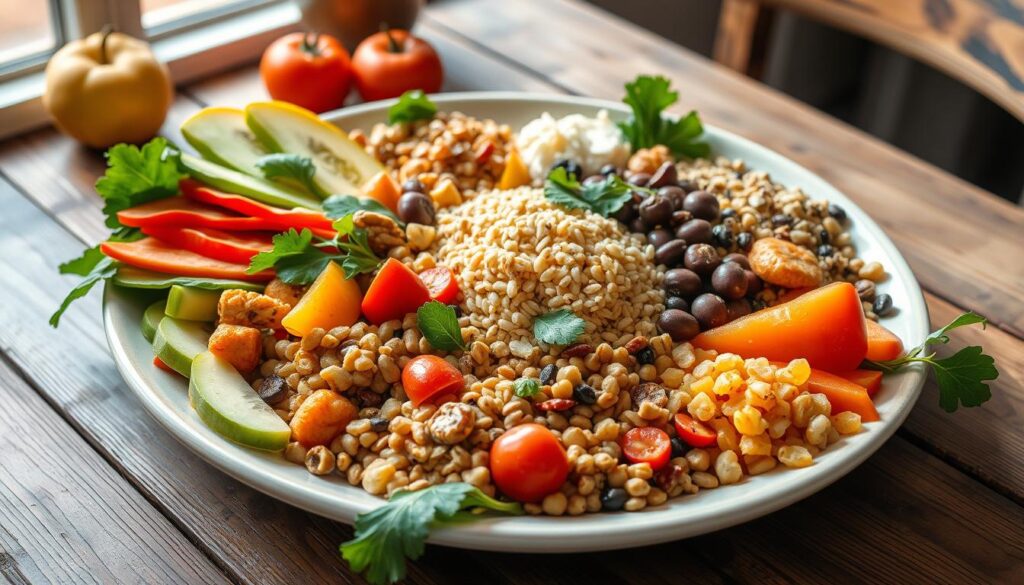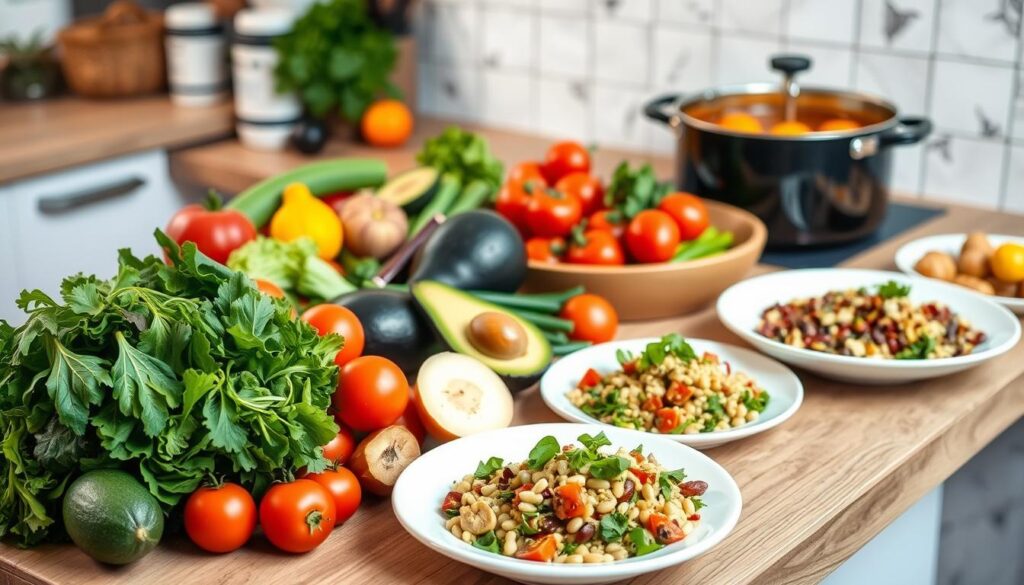For many transitioning to a plant-based diet, cheese often presents the biggest challenge. While commercial vegan cheese options have improved dramatically in recent years, nothing quite matches the satisfaction of creating your own dairy-free cheese at home. Understanding the science and art of vegan cheese-making opens up a world of possibilities for creating everything from simple spreads to aged, cultured cheeses.
The Science of Vegan Cheese
Creating vegan cheese that satisfies our cheese cravings requires understanding what makes traditional cheese so appealing. The key elements are rich, fatty mouthfeel, umami flavor, and in some cases, the tanginess that comes from fermentation. By carefully selecting and combining plant-based ingredients, we can recreate these characteristics in dairy-free forms.
Essential Ingredients Explained
The foundation of most homemade vegan cheeses begins with a careful selection of base ingredients. Nuts, particularly cashews, provide the rich, creamy foundation we associate with cheese. However, the world of vegan cheese extends far beyond nuts to include seeds, legumes, and even vegetables as base ingredients.
Building Blocks of Flavor
Creating authentic cheese flavor requires combining several elements:
Nutritional Yeast: Provides the cheesy, umami base note essential to any good vegan cheese. The natural glutamates in nutritional yeast contribute significantly to that “cheesy” flavor we’re after.
Cultures and Fermentation: For more complex cheeses, incorporating probiotics or rejuvelac can create the tangy, complex flavors found in aged dairy cheese. This process not only develops flavor but also improves digestibility and nutritional value.
Basic Techniques Mastered
Starting your vegan cheese-making journey with simple techniques builds confidence and understanding:
Quick Cheese Sauce: Understanding how to create a basic cheese sauce opens the door to countless applications. The key lies in achieving the right balance of creaminess, tang, and that essential cheese-like flavor.
Spreadable Fresh Cheese: Creating a basic cashew cheese spread teaches fundamental techniques that apply to more complex recipes. The process of soaking, blending, and seasoning forms the foundation of many vegan cheese recipes.
Advanced Cheese-Making
Once you’ve mastered the basics, explore more complex techniques:
Cultured Cheeses: Working with probiotics or rejuvelac to create aged cheeses requires patience but rewards with complex flavors and firmer textures. The fermentation process transforms simple nut cheese into something truly special.
Firm Slicing Cheeses: Creating firm cheeses that can be sliced or grated involves understanding how different thickeners and setting agents work together. Agar, carrageenan, or combinations of starches can create various textures.
Essential Equipment
Success in vegan cheese-making requires the right tools:
High-Powered Blender: Essential for achieving the smoothest possible texture in your cheese bases. A powerful blender can break down nuts and seeds to create perfectly creamy bases.
Cheese Molds: While not essential for all recipes, proper molds help create professional-looking results and can improve texture development in aged cheeses.
Troubleshooting Common Issues
Understanding common problems and their solutions ensures success:
Grainy Texture: This usually results from insufficient blending or using nuts that haven’t been soaked long enough. The solution often lies in extending blend times or adjusting soaking methods.
Too Soft: This may indicate incorrect ratios of thickeners or setting agents. Careful measurement and understanding of how different ingredients work together help achieve desired textures.
Storage and Aging
Proper storage significantly affects the quality and longevity of your homemade cheese:
Fresh Varieties: Store in airtight containers in the refrigerator. Most fresh cheeses last 5-7 days when properly stored.
Aged Cheeses: Require specific temperature and humidity conditions. Creating a proper aging environment is crucial for success with cultured cheeses.
Creative Variations
Once you understand the basics, experiment with different flavors:
Herb-Infused: Fresh or dried herbs can transform basic cheese recipes into gourmet creations.
Smoky Varieties: Liquid smoke or smoked paprika can create delicious alternatives to smoked dairy cheese.
Spiced Versions: Experiment with different spice combinations to create unique flavor profiles.
Serving and Pairing
Understanding how to serve and pair your homemade cheeses enhances enjoyment:
Temperature Considerations: Like dairy cheese, many vegan cheeses are best served at room temperature, allowing flavors and textures to fully develop.
Wine Pairing: Yes, vegan cheese can be paired with wine! Consider the flavor profiles and intensity when selecting pairings.
Sustainable Practices
Making cheese at home allows for environmentally conscious choices:
Ingredient Sourcing: Choose organic, sustainably sourced ingredients when possible.
Waste Reduction: Reuse culture from successful batches, compost appropriate scraps, and store ingredients properly to minimize waste.
Looking Forward
The world of vegan cheese-making continues to evolve, with new techniques and ingredients emerging regularly. Stay curious and experimental in your approach, and don’t be afraid to adapt recipes to your taste preferences.
Remember that becoming proficient at vegan cheese-making is a journey of discovery and experimentation. Each batch teaches something new about techniques, flavors, and textures. Share your cheese-making adventures with #VeganCheesemaking #PlantBasedCheese #VeganFood.






